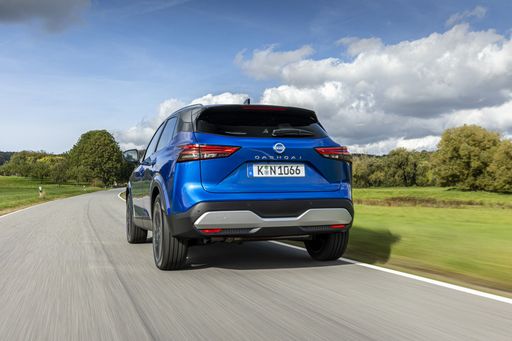Introduction: A Clash of Titans in the SUV Arena
The SUV market is ever-evolving, and consumers are often left pondering which model to choose. Today, we examine two key players: the Citroen C5 Aircross and the Nissan Qashqai. Both vehicles boast impressive specifications and advanced technologies, but how do they truly compare in terms of performance, comfort, and innovative features? Let's delve deeper into what each has to offer.









